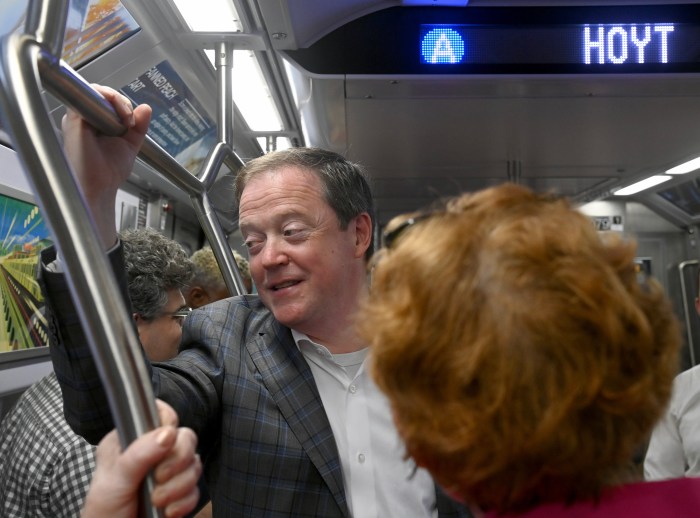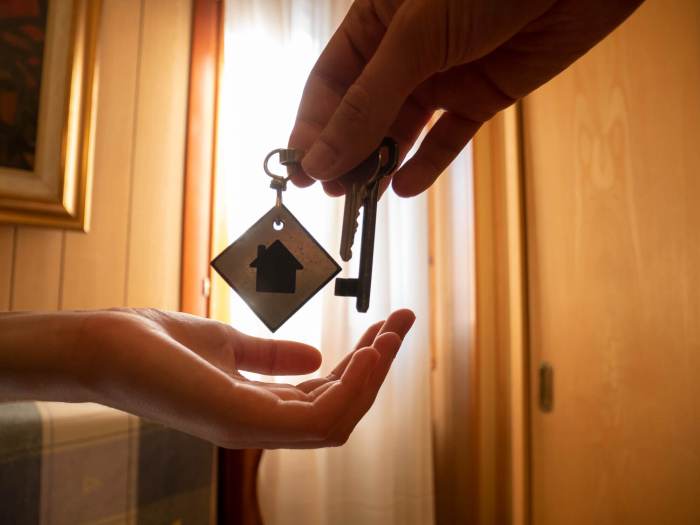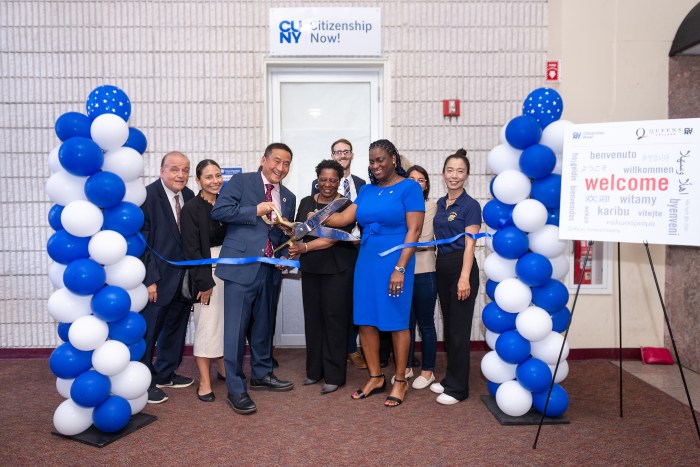A bill that would have opened the Hudson River Park Act to significant changes was introduced in the NYS Assembly this week but failed to come up for a vote before the legislative session ended.
The bill was far from perfect. Notably, it did not include a provision to allow residential use on Pier 40, at West Houston Street. A recent consultant’s study found that rental housing on the pier would generate the most revenue for the park with the least traffic impact.
At the same time, residential massing studies that have been shown for the pier illustrate how residential use — focused on the pier’s northern edge — would open up the greatest amount of the 14.5-acre pier’s footprint for use as sports fields and for the general public’s recreational use.
According to Assembly Member Richard Gottfried, whose district includes part of the five-mile-long waterfront park, the bill, or a modified version of it, could be introduced at a special session of the legislature in December. But could Assembly Member Deborah Glick, whose district also covers part of the park, ever support housing on Pier 40? When we recently spoke to her, she said she still firmly opposes it.
The bill that wasn’t voted on does include a provision for housing and hotels — but only on Pier 76, at West 36th St., which is in Gottfried’s district. Pier 40 is in Glick’s district. Generally, the Assembly doesn’t like to pass legislation that is opposed by the legislator whose district it would affect. But sometimes this does happen. Both Glick and Gottfried, for example, opposed the city’s plan to site a marine waste-transfer station on Gansevoort Peninsula in Chelsea. Yet, ultimately, the state legislature overrode them and approved the project.
Similarly, Glick opposed the 1998 Hudson River Park Act itself, feeling the idea of a financially self-sustaining park was incompatible with the generally long, thin park. Yet the act was passed over her veto.
Glick said she supports other measures that could help raise revenue for the park, such as a passenger surcharge on tickets for the Circle Line and cruise ships, which she says would raise $7 million a year. But that’s simply not enough.
On the other hand, a private developer of housing would repair and save Pier 40 for future generations to enjoy. That’s a big ticket: $100 million.
The local youth sports leagues are currently among Pier 40’s biggest users from our community, and they vigorously support the residential plan.
To many readers, though, the idea of residential use at Pier 40 is anathema. Gottfried, who co-authored the original Hudson River Park Act, is the one who wrote in the prohibitions against housing in the first place. He still felt that way until a few weeks ago, when the Pier 40 study was released, he told us — and then he was won over.
“I think it’s really essential for the future of the park,” said Gottfried.
Hopefully, there will be some major public meetings about the park this fall. Community groups need to step up the pressure for a viable solution for Pier 40 and the park’s financial woes. And the Bloomberg administration needs to weigh in more convincingly to facilitate a sustainable future for the park.
Gottfried stated, “I’m optimistic that there will be strong community support and that a strong bill will be enacted.”
In tight budget times, we can’t expect state and city government to fix Pier 40 and provide funds for the park’s operations and maintenance. However, government must step up and complete those unfinished sections of the park that it was always expected to pay for.
We respect Glick’s position and those of community members who agree with her. But we feel reality dictates a new approach: high-revenue, low-impact residential housing.
We hope that Assembly Member Glick will not obstruct a feasible and necessary solution at this critical juncture for this treasured park.

















